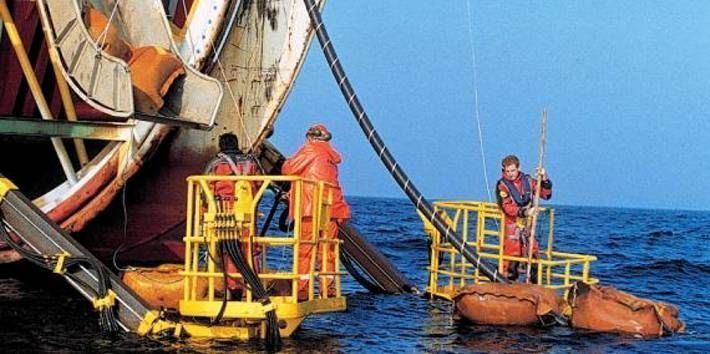Country NorwayGermany Owner NorGer KS | General direction north–south Total length 570 km (350 mi) | |
 | ||
Type of current High-voltage direct current Partners Statnett, Agder Energi, Lyse Energi, Axpo Holding | ||
Norger stromaustausch mit norwegen made in germany
NorGer is one of planned electricity cables between Germany and Norway. The other proposed project is NORD.LINK, which Statnett decided to proceed with in 2015.
Contents
- Norger stromaustausch mit norwegen made in germany
- Norger heem 52 personen 15 slaapkamers
- Description
- Project company
- Environment
- Climate gain
- References
Norger heem 52 personen 15 slaapkamers
Description
NorGer interconnector will start in Tonstad in Norway. From Tonstad 70-kilometre (43 mi) overhead powerline runs to the Flekkefjord area. From Flekkefjord a 570-kilometre (350 mi) long high voltage direct current submarine cable will run through the North Sea to Mooriem in Lower Saxony, Germany. It will be laid on the Norwegian, German and Danish Continental Shelf. The precise cable route is decided from a thorough mapping of the sea-bed along the prospective cable route. The sea route is consulted by Offshore Marine Management.
NorGer will have a transmission capacity of 1,400 MW and an operating voltage of 450–500 kV. The price per kWh could rise by 0.8 øre in Norway. The sea cable is planned as a bipolar system with earthing through the return cable. This way, the disadvantages of a ground-return electrode with earthing in the sea, such as production of chlorine compounds and metal corrosion, are avoided. Anticipated life span of the cable would be about 40 years. Since the power supply in both Germany and Norway is based on alternating current, converter stations must be built in both countries.
Project company
The project is developed by NorGer KS, a company that is owned by the Norwegian transmission system operator Statnett, energy utilities Agder Energi and Lyse Produksjon, and the Swiss company Elektrizitäts-Gesellschaft Laufenburg. NorGer is registered in Norway. Statnett owns 50% of the projects while all other partners own stake of 16.67% each.
Environment
NorGer will utilize the best available technology to limit the cable’s impact on the environment. Previous investigations show that underwater HVDC cables have no known impact on sea life.
Climate gain
In periods of overproduction, German wind power can be transported to Norway while water in Norwegian reservoirs can be stored for later use. Without access to hydroelectric power it is difficult to utilise the increase in wind power in the German power supply system. The cable connection will also be important for Norway’s plans to utilise more wind power.
Power supply from wind power can vary from hour to hour according to wind strength and access to reserve power is needed to even out the variations. Hydroelectric power, with its unique regulatory capacity is a cheap and reliable balancing power source for wind power.
